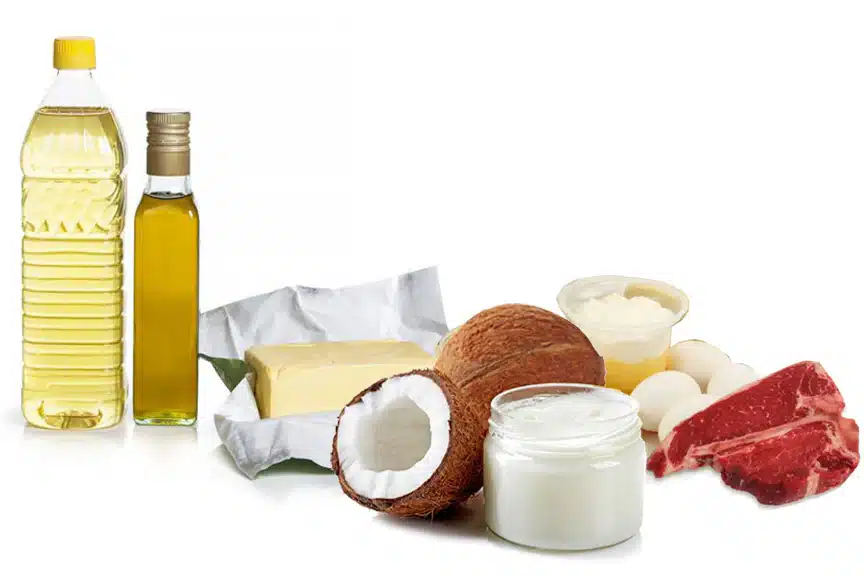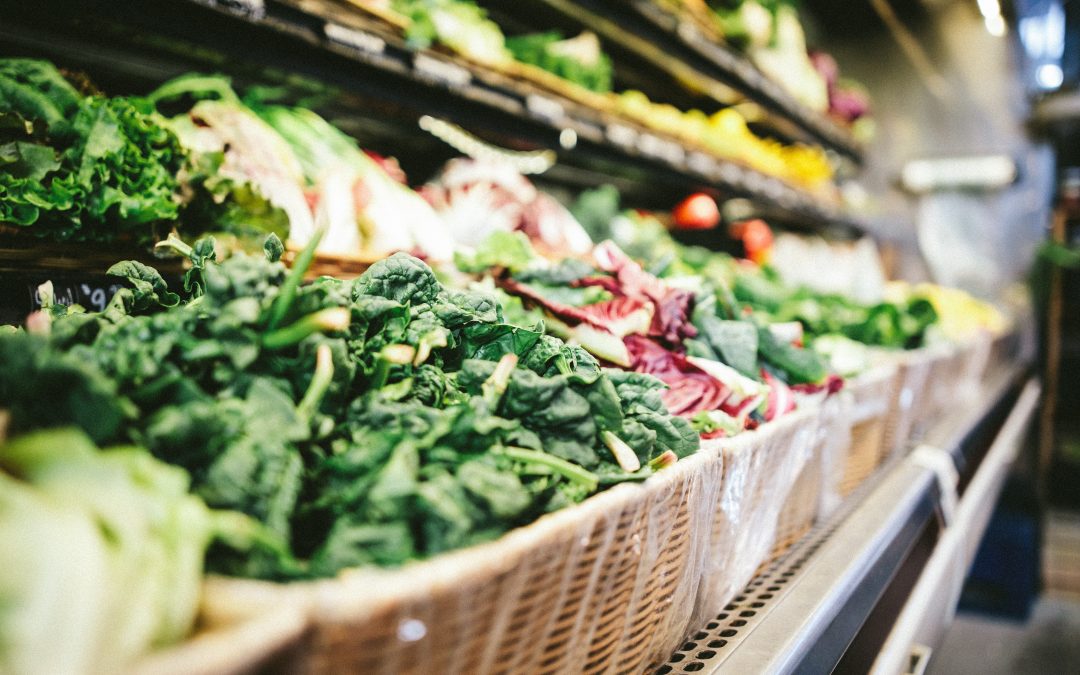It’s always fun to experiment with food and I encourage you to give some of these recipes a try if you are interested in fermented foods. I have made kimchi, sauerkraut and yogurt at home and all turned out pretty good (at least to me). Here are some basic recipes and I have included a few additional resources with many more recipes and tips.
Bon appetite!
Delicious DIY Sauerkraut Recipe
Sauerkraut is a fantastic entry point into the world of DIY fermentation. Its simple ingredients and straightforward process make it an ideal starting point for beginners. Here are two delicious sauerkraut recipes to get you started:
Ingredients:
1 head of green or white cabbage, shredded
1 tablespoon sea salt or kosher salt
1 teaspoon caraway seeds (optional)
Instructions:
- In a large bowl, mix the shredded cabbage with the salt and caraway seeds (if using), ensuring that the salt is evenly distributed.
- Using your clean hands or a wooden spoon, massage the cabbage mixture for 5-10 minutes until the cabbage releases its juices.
- Transfer the cabbage mixture to a clean, airtight jar or fermentation crock, pressing down to remove any air pockets.
- Cover the container with a lid or weight to keep the cabbage submerged in its juices.
- Let the sauerkraut ferment at room temperature for 4-6 weeks, checking periodically and skimming off any scum that may form on the surface.
- Once the desired level of tanginess is achieved, transfer the sauerkraut to the refrigerator, where it can be stored for several months.
Delicious DIY kimchi
Kimchi is a true culinary masterpiece, and the process of making it at home is both rewarding and surprisingly simple. Here’s a step-by-step guide to creating your very own batch of kimchi:
- Gather Ingredients: You’ll need napa cabbage, radish, carrots, green onions, garlic, ginger, gochugaru (Korean chili powder), fish sauce, and salt.
- Prepare the Vegetables: Slice the cabbage into bite-sized pieces, julienne the carrots and radish, and chop the green onions.
- Salt the Cabbage: In a large bowl, mix the sliced cabbage with salt and let it sit for a few hours to release its juices.
- Make the Paste: In a food processor or mortar and pestle, blend or grind the garlic, ginger, gochugaru, and fish sauce into a smooth paste.
- Mix and Massage: Rinse the cabbage and drain the excess liquid. In a large bowl, combine the cabbage, carrots, radish, green onions, and the spice paste. Using your clean hands, massage the mixture until the vegetables are evenly coated and begin to release their juices.
- Pack and Ferment: Transfer the kimchi mixture to a clean, airtight jar or fermentation crock, pressing down to remove any air pockets. Seal the container and let it ferment at room temperature for 3-7 days, depending on your desired level of tanginess.
- Enjoy and Store: Once the kimchi has reached your desired level of fermentation, transfer it to the refrigerator, where it can be enjoyed for several months.
Remember, the beauty of DIY fermentation lies in the ability to adjust the flavors to your liking. Don’t be afraid to experiment with different spice combinations or add-ins like grated apple or pear for a unique twist.
How to make Homemade Yogurt with Live Cultures
Homemade yogurt is a true delight, offering a rich, creamy texture and a tangy flavor that’s simply unmatched by store-bought varieties. Plus, by making it yourself, you can ensure that your yogurt is packed with live, active cultures that provide a wealth of probiotic benefits. Here’s how to make your own homemade yogurt:
Ingredients:
4 cups of whole milk or 2% milk
1/4 cup of plain yogurt with live cultures (to use as a starter)
Instructions:
- Heat the Milk: In a heavy-bottomed saucepan, gently heat the milk over medium-low heat, stirring frequently to prevent scorching. Heat the milk until it reaches a temperature of 180-190°F (82-88°C).
- Cool the Milk: Remove the milk from the heat and allow it to cool to around 110-115°F (43-46°C). This temperature range is crucial for the live cultures to thrive.
- Add the Starter: Once the milk has cooled to the desired temperature, transfer it to a clean, heat-proof container. Add the 1/4 cup of plain yogurt with live cultures and whisk or stir gently to incorporate it evenly.
- Incubate: Cover the container with a lid or plastic wrap and place it in a warm, draft-free environment, such as an oven with the light on or a yogurt maker. The ideal incubation temperature is around 110°F (43°C). Allow the yogurt to incubate for 6-12 hours, or until it has set to your desired consistency.
- Chill and Enjoy: Once the yogurt has reached the desired thickness and tanginess, transfer it to the refrigerator to chill completely. The chilling process will stop the fermentation process and help the yogurt set further.
- Flavor and Customize: Enjoy your homemade yogurt as is, or add your favorite toppings or mix-ins, such as fresh fruit, honey, granola, or vanilla extract.
Remember, the longer you incubate the yogurt, the tangier it will become. Additionally, you can reserve a portion of your homemade yogurt to use as a starter for your next batch, ensuring a continuous supply of fresh, probiotic-rich yogurt.
The Art of Brewing your own Kombucha
Kombucha, the effervescent and slightly sweet, fermented tea beverage, has captured the hearts and taste buds of health enthusiasts worldwide. While it may seem intimidating at first, brewing your own kombucha at home is a rewarding and surprisingly simple process. Here’s how to get started:
Ingredients:
1 SCOBY (Symbiotic Culture of Bacteria and Yeast)
-This can be bought from local or online retailers or made at home using raw, unflavored kombucha and sweetened green or black tea [see additional resources below]. You can actually make kombucha without a SCOBY, but it can take up to three times as long and sometimes people have problems.
1 cup of unflavored, unpasteurized kombucha (to use as a starter)
8 cups of filtered or distilled water
1 cup of white sugar or organic cane sugar
4-6 tea bags (black, green, or a combination)
Equipment:
1-gallon glass jar or fermentation vessel
Tightly woven cloth or coffee filter
Rubber band or string
Instructions:
- Brew the Sweet Tea: In a saucepan, bring the 8 cups of water to a boil. Remove from heat and add the tea bags. Let the tea steep for 10-15 minutes, then remove the tea bags.
- Add the Sugar: Stir in the sugar until fully dissolved. Allow the sweet tea to cool to room temperature.
- Prepare the Fermentation Vessel: Pour the cooled sweet tea into your clean fermentation vessel. Add the starter kombucha and gently place the SCOBY on top with your clean hands.
- Cover and Ferment: Cover the vessel with a tightly woven cloth or coffee filter, secured with a rubber band or string. This will allow air to circulate while keeping out unwanted pests or debris.
- Ferment and Monitor: Place the vessel in a warm, draft-free area, away from direct sunlight. Allow the kombucha to ferment for 7-14 days, checking periodically for signs of fermentation (a new SCOBY forming on top and the tea becoming slightly carbonated).
- Bottle and Flavor (Optional): Once the kombucha has reached your desired level of fermentation, carefully remove the SCOBY and reserve it for your next batch. Bottle the kombucha, leaving a little headspace at the top of each bottle for carbonation. If desired, you can add fresh fruit, herbs, or juice for flavoring at this stage.
- Carbonate and Enjoy: Allow the bottled kombucha to carbonate at room temperature for 1-3 days, then refrigerate and enjoy your homemade, probiotic-rich kombucha!
Remember, the longer you ferment the kombucha, the more tart and vinegar-like it will become. Adjust the fermentation time to suit your taste preferences, and don’t hesitate to experiment with different tea varieties or flavor combinations.
Troubleshooting common issues in DIY fermentation
While DIY fermentation is generally a straightforward process, there may be times when you encounter some challenges. Here are some common issues and tips for troubleshooting:
- Mold Formation
- Mold can sometimes appear on the surface of your fermented foods, which can be concerning. However, not all molds are harmful. If you notice a fuzzy, white mold, it’s likely kahm yeast, which is harmless but can affect the flavor. Simply skim it off and continue the fermentation process. If you see any other colors or furry molds, it’s best to discard the batch and start over with fresh ingredients and clean equipment.
- Lack of Fermentation
- If your fermented foods aren’t showing signs of fermentation (bubbling, fizzing, or tanginess), there could be a few reasons. First, ensure that you’re using the correct ratios of salt, sugar, or starter cultures. Additionally, check the temperature of your fermentation environment – it should be within the recommended range for your specific ferment. If the temperature is too cool, the fermentation process may be slowed or stalled.
- Overly Sour or Vinegary Taste
- Sometimes, fermented foods can become too sour or vinegary if left to ferment for too long. This is a sign that the fermentation has gone too far. To prevent this, monitor your ferments closely and transfer them to the refrigerator once they’ve reached your desired level of tanginess.
- Bulging or Leaking Jars
- If you notice your fermentation jars bulging or leaking, it’s likely due to excessive pressure buildup from the fermentation process. To prevent this, use fermentation vessels with an airlock system or “burp” your jars periodically by loosening the lids to release any built-up gases.
Remember, patience and experimentation are key in the world of DIY fermentation. Don’t be discouraged if you encounter a few hiccups along the way – each batch is an opportunity to learn and refine your techniques.
Additional Resources
https://www.attainable-sustainable.net/ferment-vegetables/
https://www.thekitchn.com/best-fermented-food-recipes-229599








